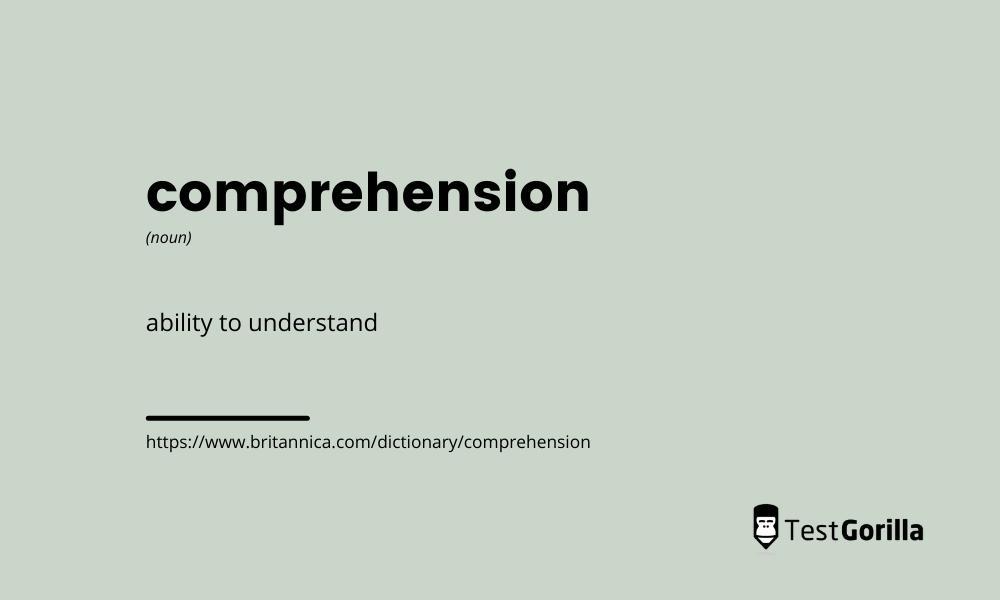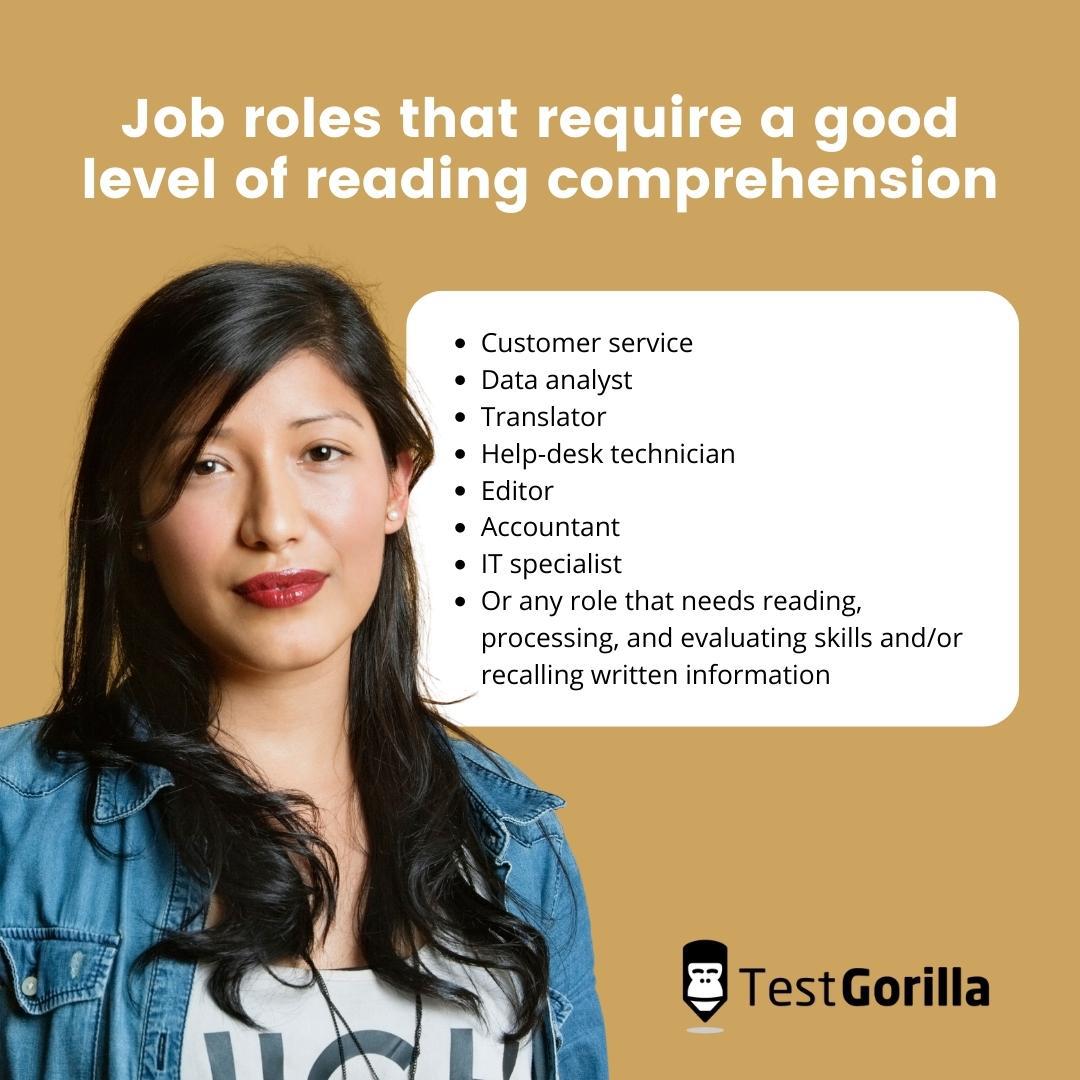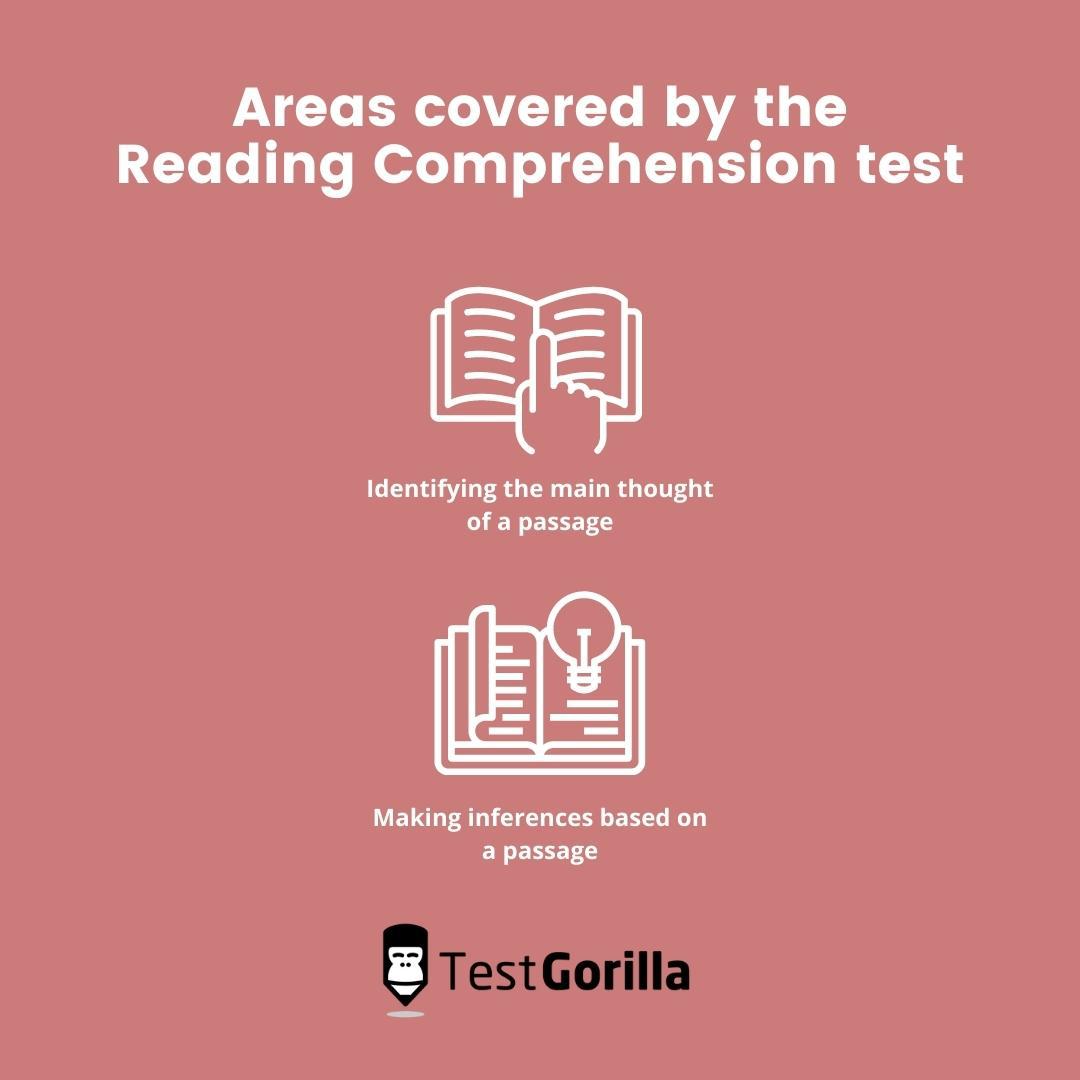Proficient reading comprehension in the workplace is a crucial skill every employee needs so they can do their job well. It’s vital across practically all industries and sectors, but especially for office jobs.
In essence, reading comprehension includes understanding written communication by identifying the main idea behind a message, analyzing it, recognizing what the author said, and taking action based on that information.
Nowadays, most people chat, email, or message each other in their personal and working lives.
At the workplace, employees will receive tasks from their superiors communicated in writing, either via email or chat. In order for them to perform these tasks well, team members need excellent reading-comprehension skills.
Employees who understand written instructions and what is required from them without any problems will communicate better with colleagues and perform their duties to a higher standard.
Therefore, as the hiring manager at your organization, it is important to test prospective employees’ reading-comprehension skills during the hiring process.
By using a reading-comprehension test, you will know if your next hire has difficulties following written texts and you can assign training courses to alleviate any future problems.
This article will explore why reading comprehension is essential in the workplace, the roles for which this skill is an absolute must, and how you can assess reading comprehension using TestGorilla’s tests.
Benefits of excellent reading comprehension in the workplace
As mentioned, reading comprehension is a vital skill most employees need to do their jobs to a satisfactory level.
Some of the main benefits you can expect from employing people with excellent reading-comprehension skills are:
1. Receiving and following instructions
Every day, employees receive written instructions from their superiors. If an employee has a poor understanding of the language they are using, their work process will become tedious and unproductive.
Therefore, for employers, it is vital to have employees with good reading-comprehension skills so they can follow orders effectively.
2. Identifying important information
Having a good understanding of a text will enable employees to locate the most important part of a message and take action based on that information.
Most of the time, what we try to say can be summarized in a few words or sentences. However, our line of thought doesn’t work like a computer, and when we write something or give instructions to someone, we may end up writing more than necessary.
An employee with excellent reading comprehension can quickly analyze the structure of a text, perceive existing relationships between sentences, identify the most important information, and summarize the whole thing into concrete actions to be taken.
3. Working in a team
Most jobs require some form of collaboration between employees or different teams.
Since it is expensive and time-consuming to schedule face-to-face meetings every time something in a project comes up, employees use writing to ask questions and move a project forward.
If someone on the team cannot recognize what their colleagues are saying, your organization will struggle to finish tasks and clients’ projects on time, which can lead to losses for your firm.
However, when reading comprehension is high among all teams, employees can work together productively, resulting in more projects being completed on time and enhancing your organization’s performance.
4. Identifying errors
Lastly, with excellent reading-comprehension skills, employees can spot mistakes in a document or task, ask searching questions about the meaning of a text, and take corrective action.
Humans beings frequently make mistakes, especially when we work on a text by ourselves. Even if we go over something 100 times and edit it meticulously, the chances of missing a comma or saying something by mistake are still high.
But good reading-comprehension skills enable employees to correct their work and that of their colleagues thoroughly in order to present well-written and concise texts.
For which roles is reading comprehension particularly important?
Reading comprehension is a vital skill for any role and every industry. There isn’t a field that doesn’t require employees to understand even the most basic written information.
Of course, some jobs work specifically with texts, documents, and statistics, including diagrams, charts, graphs, and tables. That includes any desk job that requires a computer.
To be more specific, the following list of jobs require strong reading-comprehensions skills:
Customer service
Data analyst
Translator
Help-desk technician
Editor
Accountant
IT specialist
If your organization includes any of the above jobs, you should test employees’ reading-comprehension skills.
The best insights on HR and recruitment, delivered to your inbox.
Biweekly updates. No spam. Unsubscribe any time.
How can you test your applicants’ reading comprehension?
As with many other skills, you can test reading comprehension quickly and easily with TestGorilla, using the Reading Comprehension test. The Reading Comprehension test is part of TestGorilla’s cognitive-ability tests.
The test will help you to ascertain an employee’s ability to identify the main points of a text and make inferences based on that information. Areas covered by TestGorilla’s Reading Comprehension test include:
Identifying the main thought of a passage
Making inferences based on a passage
Testing for reading comprehension will not only give you insights into a candidate’s ability to process and understand written communication quickly but will also give you indicators of their capacity to think critically, solve problems, follow instructions, and pay attention to details.
Even though you can get that information by using the Reading Comprehension test, you might want to further test a candidate’s ability in any or all of these core cognitive skills, which you can evaluate with the following assessments:
Reading comprehension is a crucial core skill – which is why you should evaluate it
Reading comprehension is a vital skill for almost any job, so your employees should be proficient.
With strong reading comprehension, employees can follow instructions more easily, identify important information quicker, take action based on that information, work better in a team, and identify and correct mistakes in a text.
You can evaluate the skill using TestGorilla’s Reading Comprehension test, including it in your pre-employment assessment when hiring new employees for various roles.
Test applicants’ reading skills with our bias-free assessments, and hire the right match for the role you’re looking to fill. Get started for free today and start making better hiring decisions, faster and bias-free.
Related posts
You've scrolled this far
Why not try TestGorilla for free, and see what happens when you put skills first.

















